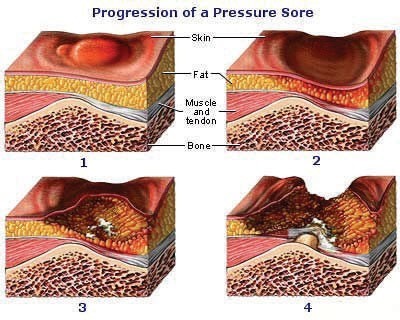What best defines Amyotrophic Lateral Sclerosis ALS "Lou Gehrig Disease?"
Loss of motor neurons in the brain
Loss of sensory neurons in the anterior horn of the spinal cord
Loss of motor neurons in the anterior horn of the spinal cord and loss of motor nuclei of the lower brainstem
All of the above
The Correct Answer is C
Choice A: Loss of motor neurons in the brain is not a complete definition of ALS, as it does not include the loss of motor neurons in the spinal cord and brainstem.
Choice B: Loss of sensory neurons in the anterior horn of the spinal cord is not a correct definition of ALS, as it involves sensory neurons, not motor neurons.
Choice C: Loss of motor neurons in the anterior horn of the spinal cord and loss of motor nuclei of the lower brainstem is a correct definition of ALS, as it describes the progressive degeneration and death of both upper and lower motor neurons that control voluntary muscle movements²⁴.
Choice D: All of the above is not correct, as only choice C is a correct definition of ALS.
Nursing Test Bank
Naxlex Comprehensive Predictor Exams
Related Questions
Correct Answer is D
Explanation
Choice A: Incontinence is a cause of skin breakdown, as it can expose the skin to moisture, bacteria, and chemicals that can irritate and damage the skin.
Choice B: Altered level of consciousness is a cause of skin breakdown, as it can impair the patient's ability to sense and report pain, discomfort, or pressure on the skin.
Choice C: Immobility is a cause of skin breakdown, as it can reduce the blood flow and oxygen to the skin and increase the pressure on bony prominences.
Choice D: All of the above is correct, as all of these factors can contribute to skin breakdown.

Correct Answer is A
Explanation
Choice A: Frequent monitoring of respiratory status and lung sounds and measures to maintain a patent airway is the first priority, as it can prevent hypoxia, hypercapnia, and increased ICP that can lead to brain herniation and death.
Choice B: Maintain a calm, quiet atmosphere and protect patient from stress is not the first priority, but rather a supportive measure to reduce stimuli and agitation that can increase ICP.
Choice C: Use strict aseptic technique for management of ICP monitoring system is not the first priority, but rather a preventive measure to avoid infection and meningitis that can worsen ICP.
Choice D: Position with head in neutral position and elevation of HOB 0 to 60 degrees to promote venous drainage is not the first priority, but rather a therapeutic measure to facilitate blood flow and reduce ICP.
Whether you are a student looking to ace your exams or a practicing nurse seeking to enhance your expertise , our nursing education contents will empower you with the confidence and competence to make a difference in the lives of patients and become a respected leader in the healthcare field.
Visit Naxlex, invest in your future and unlock endless possibilities with our unparalleled nursing education contents today
Report Wrong Answer on the Current Question
Do you disagree with the answer? If yes, what is your expected answer? Explain.
Kindly be descriptive with the issue you are facing.
